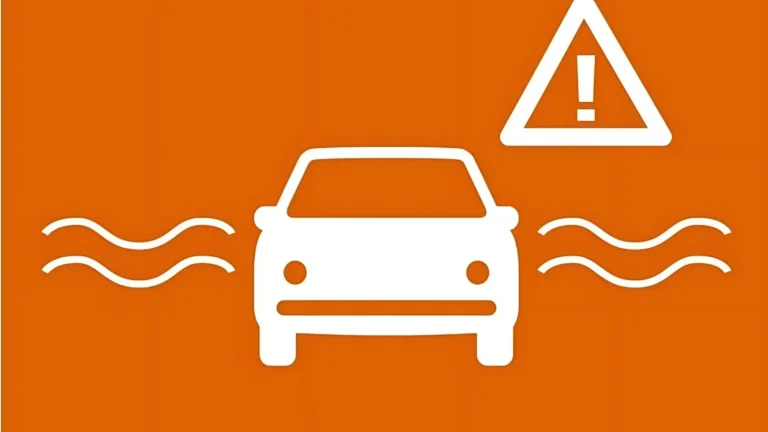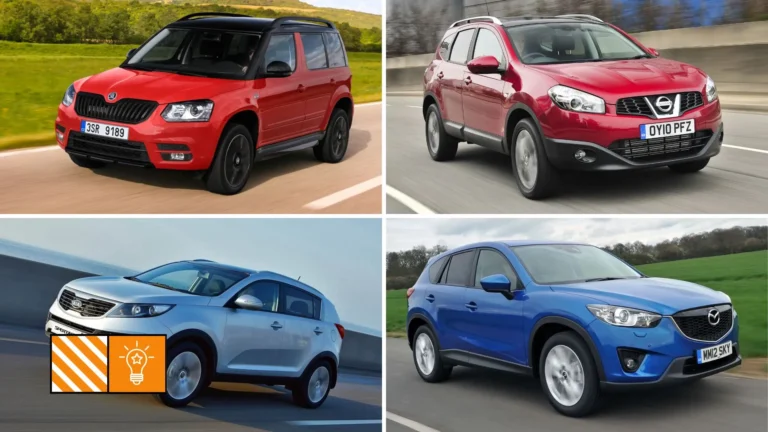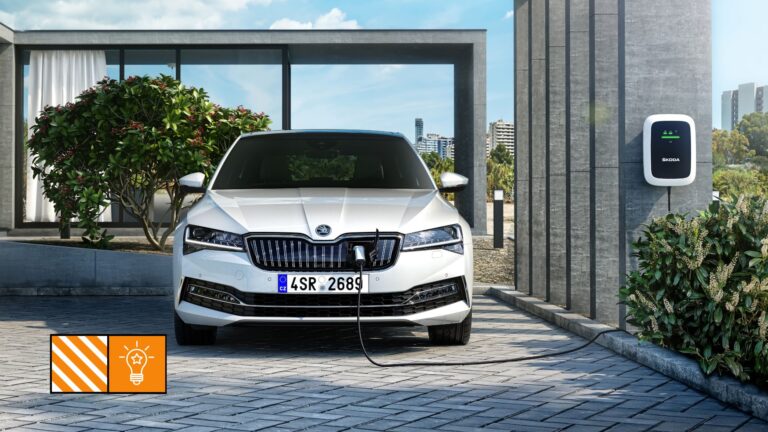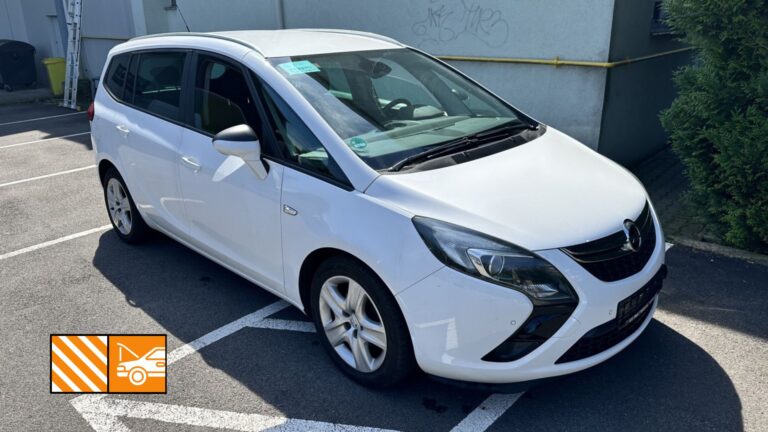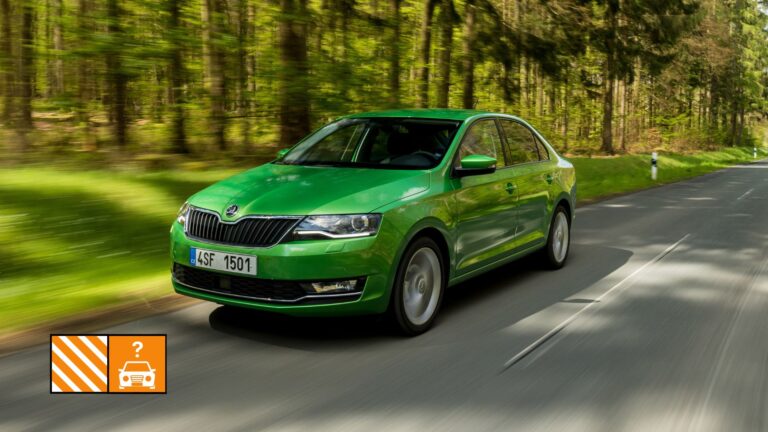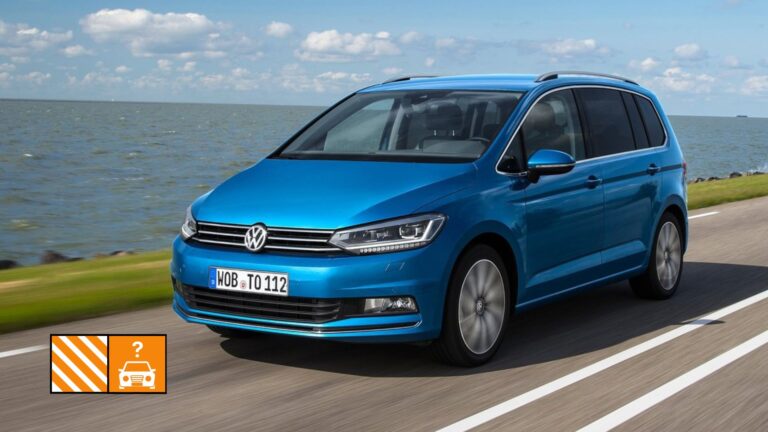Test of a used Hyundai i30 II
- Used car tests
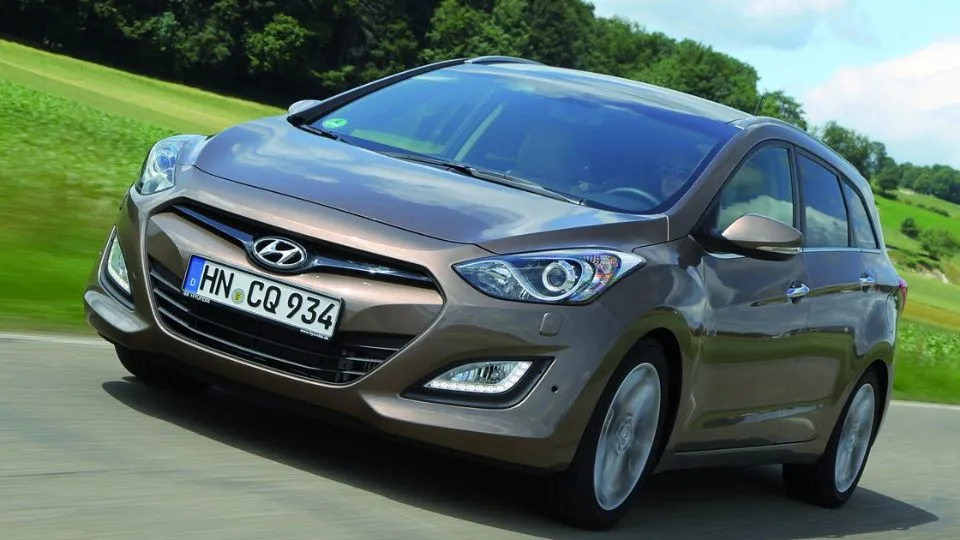
The first-generation Hyundai i30 rose to the top of the C-segment car manufacturers. The model represented a significant shift in quality and technology compared to its predecessor, the Elantra. Hyundai i30 II was sold successfully until 2017, when its successor – the second generation – was launched. So let's go to the Hyundai i30 II test.
Hyundai i30 II
The second generation of the i30 had a design inspired by the first generation and continued its technical development. Hyundai tried to satisfy demanding European customers by focusing on driving characteristics, which led to an innovative rear suspension with four arms on each side. This was a similar solution to that of the then competing compact class models, such as the Ford Focus and Volkswagen Golf. However, the driving characteristics of the i30 did not reach the qualities of these competitors, as it was not only a technical solution, but also a ride tuning, which was still somewhat lacking in the Koreans at the time. Nevertheless, the i30 drove solidly and was certainly better than its French competition. For Czech buyers of used cars, it is important that the i30 chassis is considered quite durable.
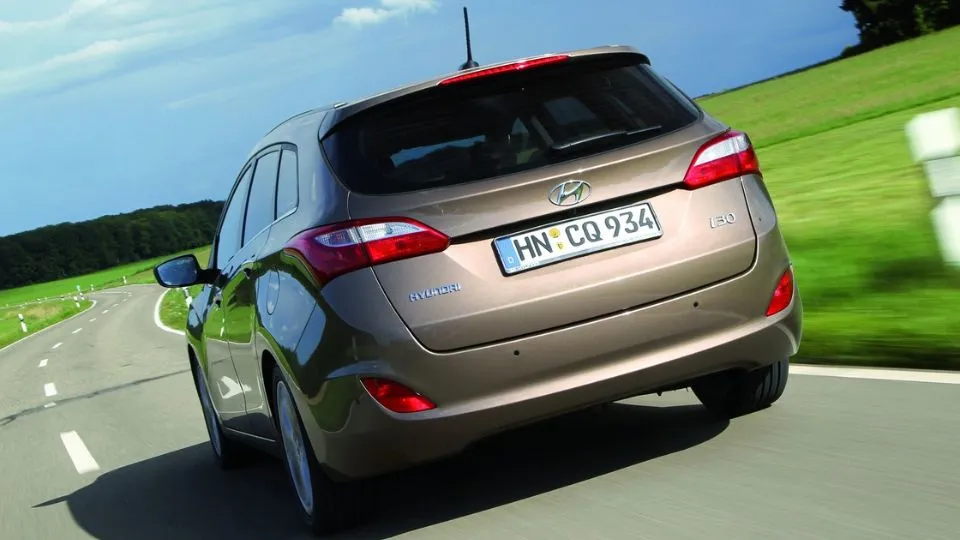
However, sometimes problems arise. One of them concerns the parking brake. If it does not work, the cause may be corroded brakes on the rear wheels. However, you do not have to invest in new parts immediately. Even authorized Hyundai services are able to repair these parts. Repair involves disassembly and cleaning, which should be done regularly. If it has not been maintained regularly, this may indicate that the car has not been serviced in specialized workshops. The cost of repair ranges from 2500 to 3000 crowns, which is acceptable.
Hyundai i30 II inspection before purchase
Before buying a used Hyundai i30, it is important to check the engine, transmission, chassis, brake system, electronics, tires, bodywork and interior of the car. It is also necessary to check the service history, documents and take a test drive. Pay attention to unusual sounds, the car's behavior and fuel consumption. Before buying, it is advisable to have the vehicle checked by a professional who can detect hidden defects and ensure that the price corresponds to the real condition and value of the car. If you do not have a professional on hand, we will be happy to help you with the inspection. Take a look at our website and order one of our inspections.

Another problem is the power steering, which is electromechanical with an electric motor located on the steering column. Noisy steering can be caused by wear of the so-called flexible coupling. It is a small star-shaped part, which is available as a spare part under the catalog number 563152k000FFF. Problems with the power steering occurred in the first generation, but no longer in the second generation. In addition, a defect may have appeared in the brake switch, which the manufacturer replaces as part of the so-called kulance. This defect is indicated by the parking brake indicator light that is lit.
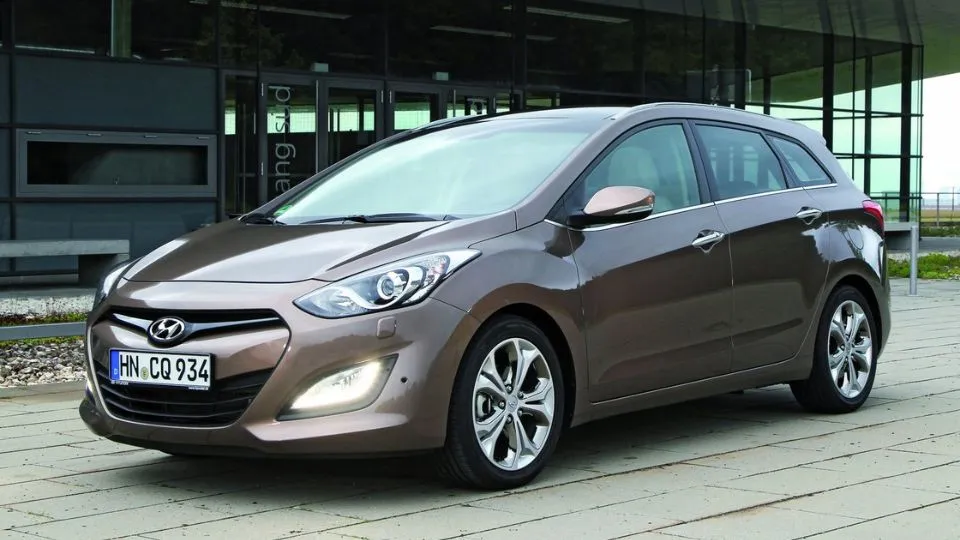
Used second generation i30 model
The second-generation i30 model inherited some of its predecessor's powertrains. Specifically, these are the Gamma 1.4 MPi and 1.6 MPi engines, sometimes also referred to as CVVT, which stands for variable valve timing. When the Euro 6 standard was introduced, the nickname "Blue" appeared in the name. The main advantage of these engines is indirect injection, thanks to which they manage to avoid carbonization. The four-cylinder Gamma engines in the second-generation i30 boast a durable timing chain (there were occasional problems with it in the first generation), but they are not completely flawless.
Especially in vehicles manufactured at the beginning of production, problems with the starting catalyst core disintegrating may occur. Its fragments can be sucked back into the engine via exhaust gas recirculation and cause damage to the power unit (for example, disruption of the sliding layer of the cylinders, valve guides, variable timing shifter, etc.). In this generation, there are about a few units and the problem often manifests itself when using lower quality fuel and especially when driving frequently at low speeds. Paradoxically, this problem affects more economical drivers and a larger engine is affected more often.

The Hyundai i30 II test also revealed that the more advanced direct injection engines, which are labeled GDI and T-GDI (these engines also have a turbocharger), are not affected by the problem of the starting catalyst core decay. However, they do have problems with carbon deposits, especially when used for short distances. It is also true that short trips can lead to faster engine oil wear. This is especially serious if the oil change interval is set at 30,000 km or two years. Hyundai car specialists advise reducing this interval by half.
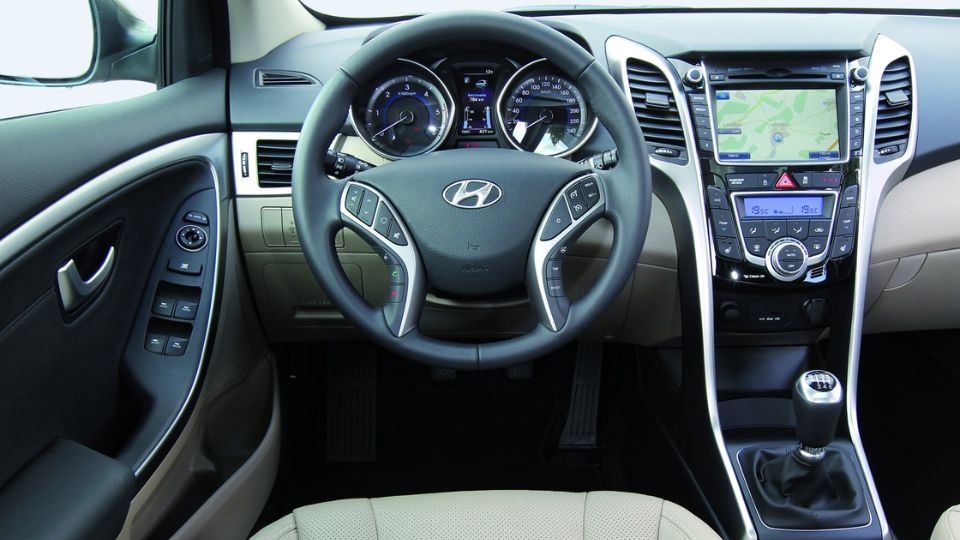
Engines in Hyundai i30 II
1.4 CRDi/1.6 CRDi/66/81/94/100 kW: The diesel engines of both variants belong to the U2 series. Both use the common-rail injection system from Bosch and have a particulate filter. Normally, there are no problems with the filter. However, if the owner of the car does not allow the regeneration to be completed through his use, the filter can become clogged and its replacement is expensive. For successful regeneration, it is necessary to maintain constant driving with a speed of at least 2000 per minute for at least 20 minutes. Those who mainly drive in the city will find it difficult to meet these conditions.
1.6 GDI/T-GDI/99/137 kW: The naturally aspirated direct injection version of the 16-cylinder engine does not provide users with any major advantages (compared to the simpler version of the engine without direct injection), while the turbocharged variant will offer much better performance. However, it is not completely economical and there is still a problem with carbonation and poor lubrication during short trips. If we were to choose direct injection, we would prefer the T-GDI.
1.4/1.6 MPi (CVVT)/Blue/73/88 kW: These naturally aspirated engines with indirect injection come from an older generation. To achieve better performance, higher revs are needed, especially with the smaller engine. On the other hand, the six-speed gearbox is an advantage with both engines, while the larger engine could also have an automatic variant. In newer versions, problems with the catalytic converter that breaks down should no longer occur. That was the Hyundai i30 II test.
Follow us through our social networks, Don't miss any news.


